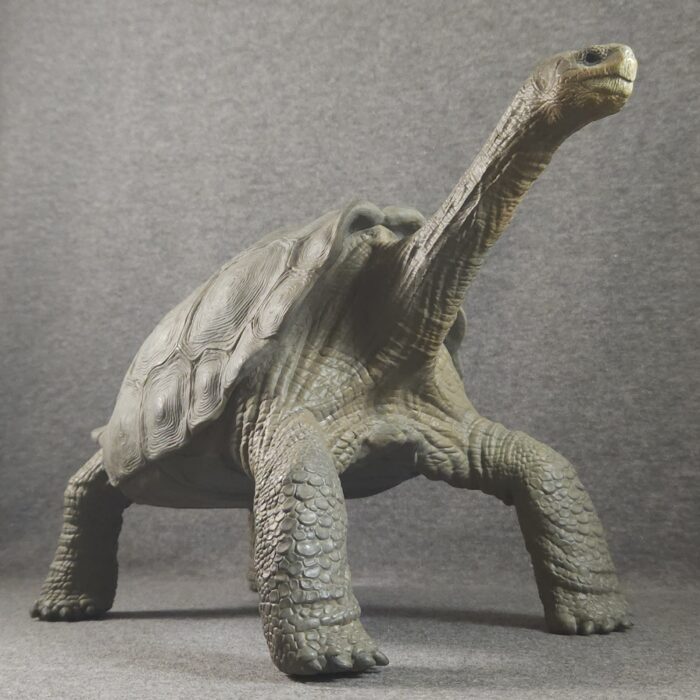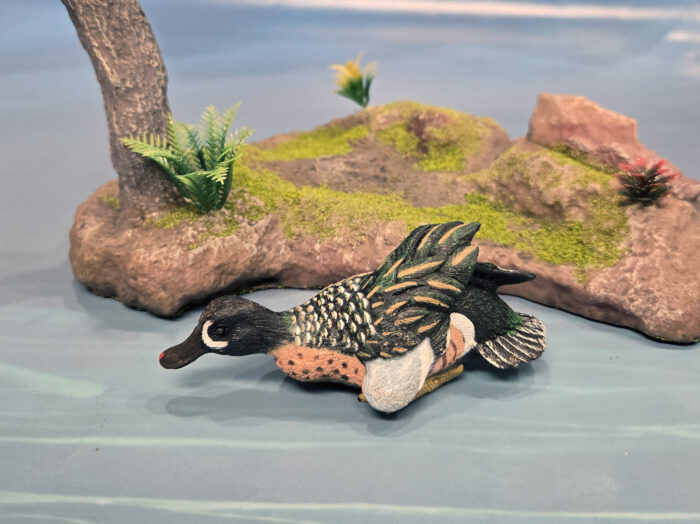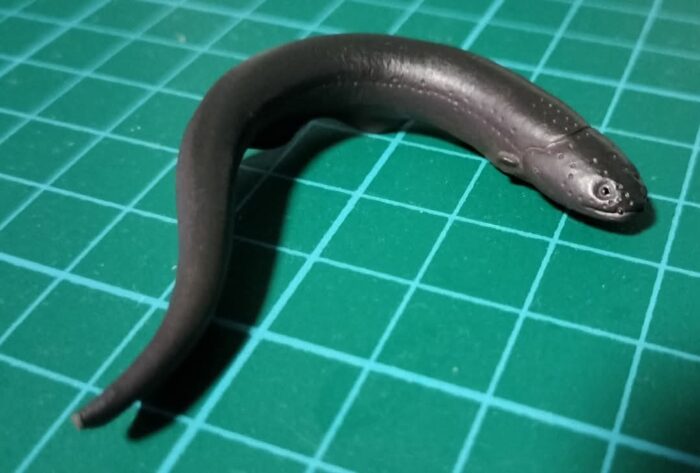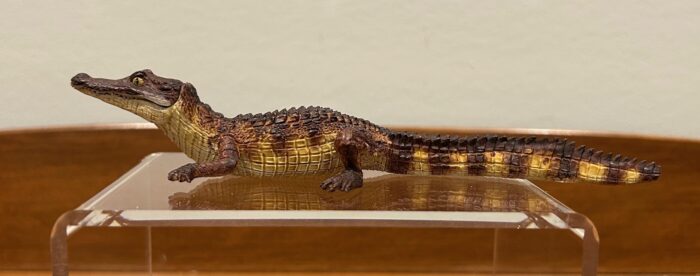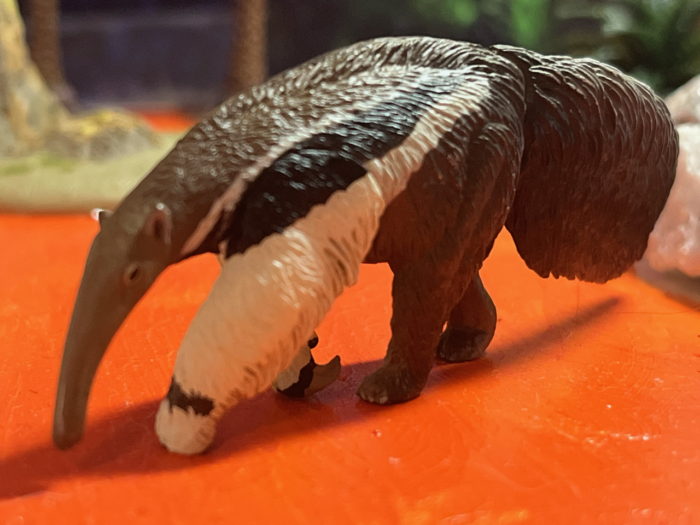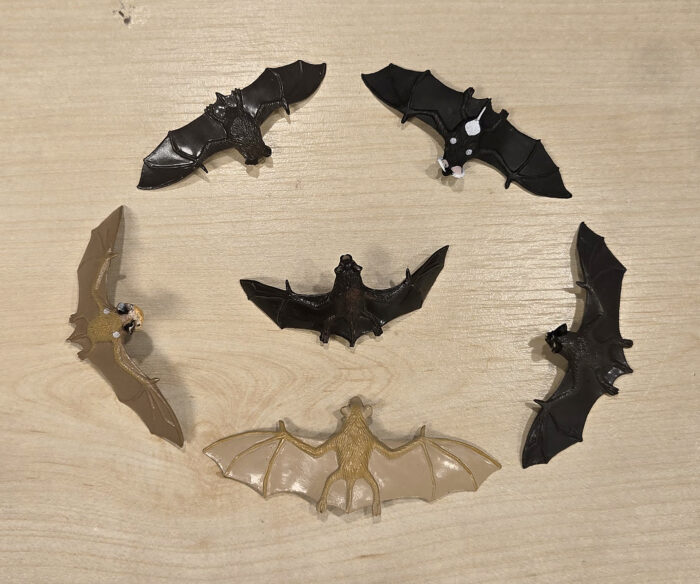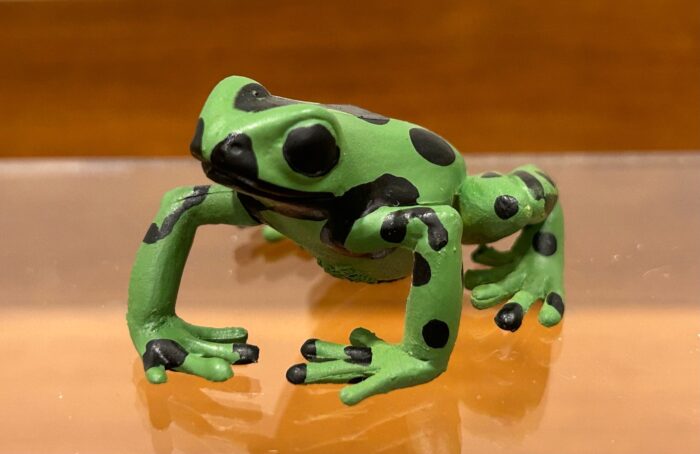Review and images by Sam; edited by bmathison1972
Three-banded armadillos (Tolypeutes sp.) are truly remarkable creatures. They are known for its ability to roll into a complete ball when threatened, and are the only armadillo species that are capable of this, contrary to popular belief. They are closely related to sloths and anteaters in the superorder Xenarthra.






